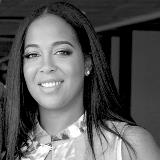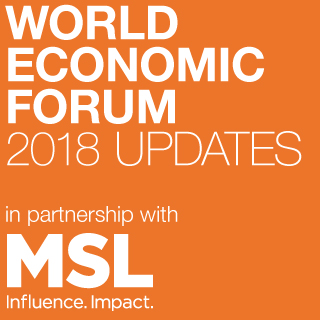MSL 23 Jan 2018 // 2:27PM GMT

Creating a collective purpose in a fractured society without social cohesiveness requires a vision of cultural inclusion at its most basic level. So, the question before us is how do we get there – from counting the diversity numbers to creating an open environment where similarities are appreciated, differences are respected and conversations are held, and diversity is considered a foundational value of society and culture.
The reality is that we are in the midst of a cultural revolution that is being driven by socially-conscious and politically-minded consumers, particularly millennials, who are demanding a new, inclusive narrative in the workplace, in the brands they consume and in the communities in which they live. For them, it is personal, and most recently it has become necessary. In the first two weeks of 2018, a major global fashion retailer was at the center of a social controversy surrounding the portrayal of a young black boy in culturally inappropriate clothing. The response was swift from consumers and media alike and was felt around the world with brand relationships severed and people threatening to spend their money elsewhere. While we do not know the true impact of this lack of cultural insensitivity; one thing is true, the fashion retailer needs to understand the role of cultural representation. A better understanding of cultural branding and inclusion need prioritization at this company, with urgency.
What can we do to develop cultural sensitivity and create new narratives in a fractured world?
Individuals and communities are literally reframing their narratives and using social media to reach the masses and ensure there is a groundswell of support. The best example of this are movements like Black Lives Matter and Fourth-Wave Feminism, which used social media to thrust new narratives into the mainstream vernacular. They are standing up for equal pay; they are standing up for safe spaces in the workplace; they are standing up for images and spokespeople who represent them. They are also rejecting that which fail to meet their need for inclusion.
To discuss a changing narrative, you have to address the most obvious obstacle: the lack of diversity. Diversity is a starting point; quite simply it has to exist in order to address inclusion. Today’s conversation about diversity goes beyond race and gender and focuses on the intersection of identity and culture. We have to have people who look, think and act differently at the proverbial ‘seat at the table’. Second, we need diverse leaders to help usher in evolved, culturally appropriate narratives. Many brands and corporations will continue to make cultural branding mistakes repeatedly if they do not elevate the role of diversity in the room, at the table, and in control of the budget. Third, we need to be willing to have uncomfortable conversations. It is important to acknowledge the preconceived notions and unconscious biases we all have, and be willing to be part of a conversation to enlighten and enhance the dialogue.
We cannot escape the uncertain realities of a hyper-connected and complex racial, geopolitical and social environment in which we can almost guarantee that some brand or person will offend some group (Blacks, Latinos, Asians, LGBTQ, women and the list goes on) on a daily basis. Yet, I remain hopeful that this current cultural revolution continues to open up the floodgates to new narratives that are trustworthy, meaningful and inclusive. With 70 percent of millennials influenced by different cultures, we must agree that the world is without a doubt, changing. Fractured world or not, we just might be on the brink of building an inclusive narrative.
 From her base in Atlanta, Daphne Hoytt serves as MSL’s North America Consumer Practice Director. She has more than a decade and a half of brand-building, consumer marketing communications, consumer health expertise and multicultural marketing experience.
From her base in Atlanta, Daphne Hoytt serves as MSL’s North America Consumer Practice Director. She has more than a decade and a half of brand-building, consumer marketing communications, consumer health expertise and multicultural marketing experience.


































.jpg)
















